General Motors (GM) has long been a powerhouse in the automotive industry, known for producing a wide range of vehicles. However, there have been instances where GM vehicles have used engines from other brands. This strategy often aimed to combine the best of both worlds: GM’s design expertise with the performance of a reliable third-party engine.
Chevrolet Tracker – Suzuki Engine

The Chevrolet Tracker is a classic example of GM’s collaboration with another automaker. Originally introduced in 1989, the Tracker was a joint venture between GM and Suzuki. This compact SUV used Suzuki’s engineering expertise, specifically incorporating Suzuki’s 1.6-liter and later 2.0-liter engines. The partnership allowed GM to offer a smaller SUV option that was both affordable and efficient, without investing heavily in new engine development.
The Tracker’s Suzuki engine was known for its durability and efficiency, making it a practical choice for consumers seeking a reliable compact SUV. The collaboration lasted until 2004, when the Tracker was discontinued in favor of other models in GM’s lineup.
Pontiac Vibe – Toyota Engine
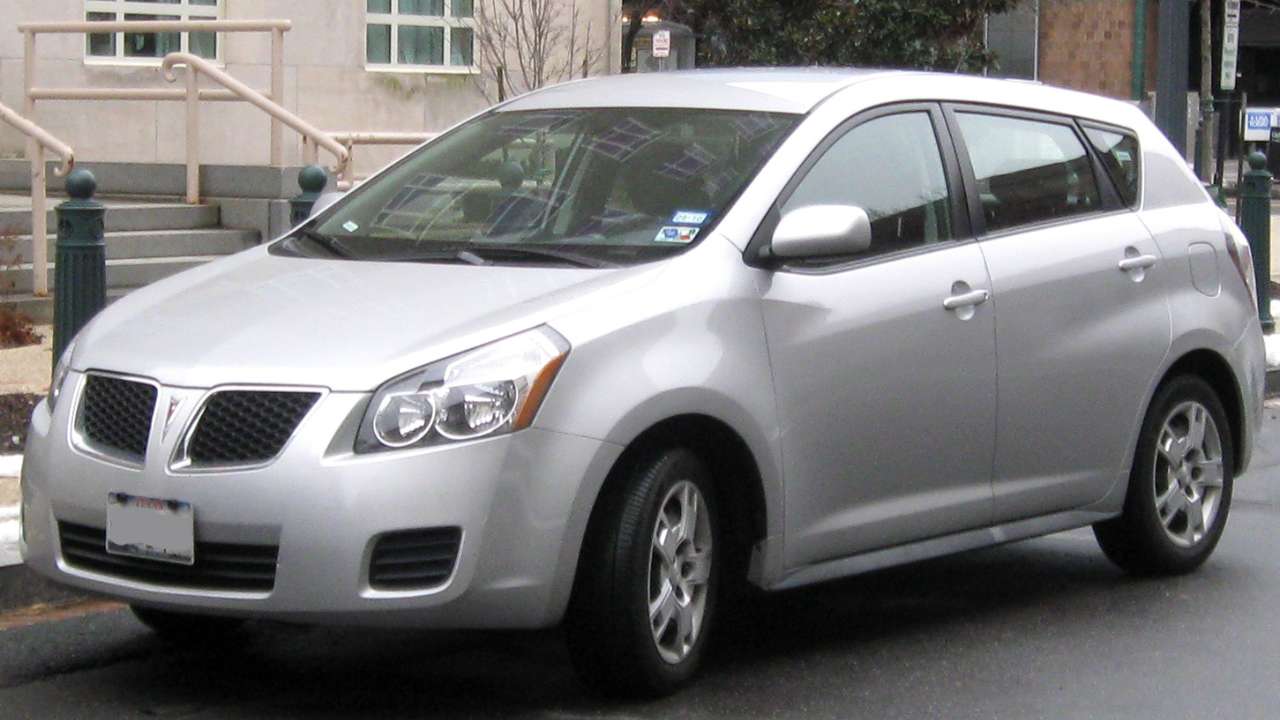
The Pontiac Vibe was a compact hatchback that resulted from a collaboration between GM and Toyota. Produced from 2002 to 2010, the Vibe shared its platform and engine options with the Toyota Matrix. It was equipped with Toyota’s 1.8-liter 4-cylinder engine, known for its reliability and performance.
By using Toyota’s engine, the Pontiac Vibe was able to offer excellent fuel efficiency and low maintenance costs, making it an attractive choice for budget-conscious drivers. This collaboration showcased how two major automakers could leverage each other’s strengths to produce a versatile and efficient vehicle.
Cadillac Catera – Opel Engine
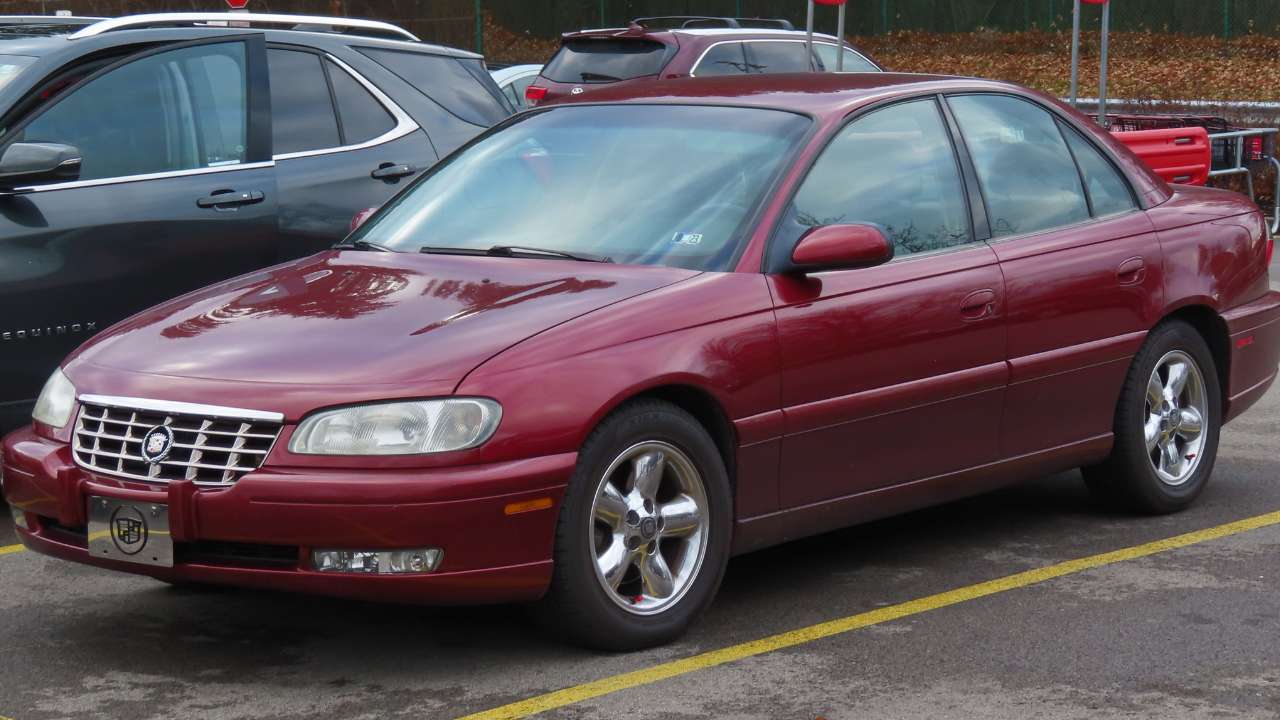
The Cadillac Catera, sold from 1997 to 2001, was a unique blend of American luxury and German engineering. This mid-size luxury sedan was based on the Opel Omega platform and featured a 3.0-liter V6 engine developed by Opel. The Catera was GM’s attempt to attract younger buyers to the Cadillac brand with a more European-inspired vehicle.
The Opel engine provided the Catera with smooth performance and a balance of power and efficiency. Despite its potential, the Catera struggled to gain traction in the competitive luxury sedan market, leading to its eventual discontinuation.
Saab 9-2X – Subaru Engine

The Saab 9-2X was a compact car produced from 2004 to 2006 as part of a collaboration between GM and Subaru. The 9-2X was essentially a rebranded Subaru Impreza, featuring Subaru’s well-regarded 2.0-liter and 2.5-liter boxer engines. These engines were known for their performance and reliability, enhancing the sporty appeal of the Saab 9-2X.
Often referred to as the “Saabaru” by enthusiasts, the 9-2X combined Saab’s unique styling with Subaru’s engineering prowess. This partnership allowed GM to quickly expand Saab’s lineup with a model that appealed to a different segment of the market.
Saturn Astra – Opel Engine
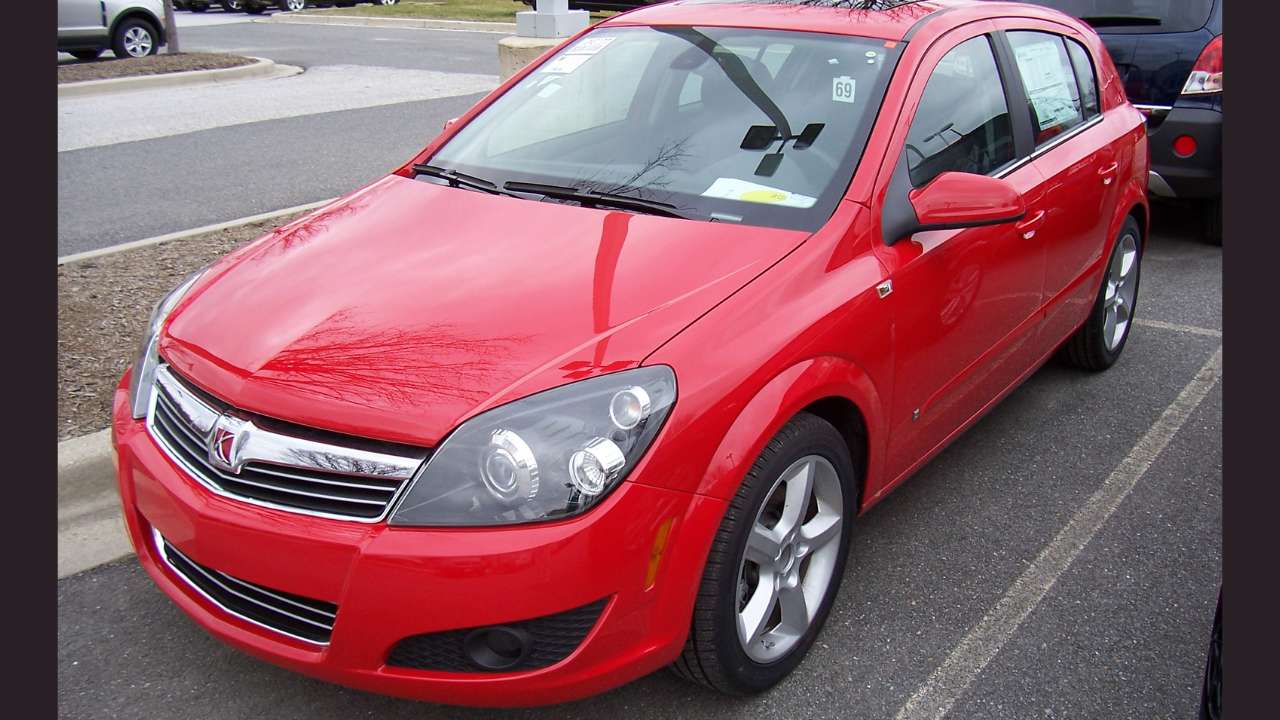
The Saturn Astra was introduced in 2008 as a part of GM’s efforts to revitalize the Saturn brand. This compact car was based on the Opel Astra and utilized Opel’s 1.8-liter inline-4 engine. The Saturn Astra was designed to offer European-inspired handling and styling to American consumers.
While the Astra’s Opel engine provided solid performance and fuel efficiency, the model struggled to compete against other compact cars in the U.S. market. The Astra’s production ended in 2009, following GM’s decision to phase out the Saturn brand altogether.
Buick Regal – Opel Engine
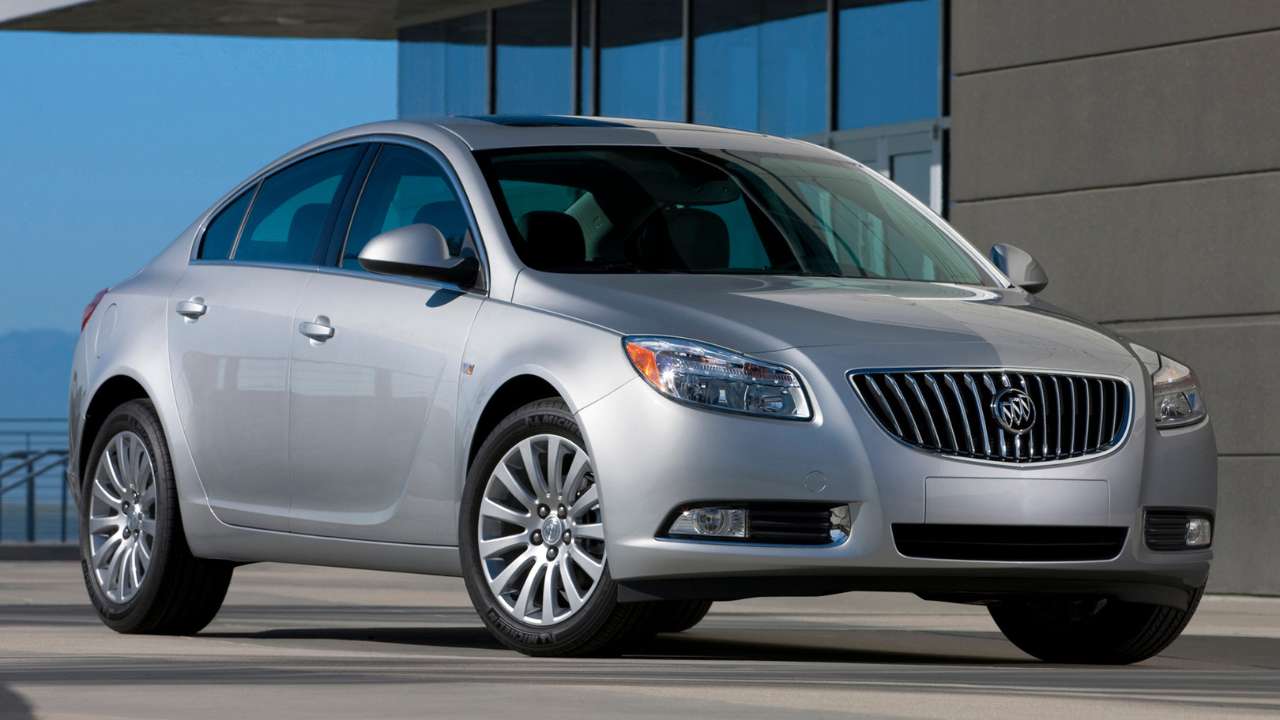
The Buick Regal, particularly from 2011 onwards, showcased GM’s continued collaboration with Opel. The Regal was based on the Opel Insignia and featured a range of Opel engines, including a turbocharged 2.0-liter 4-cylinder engine. This engine offered a good balance of power and fuel efficiency, aligning with Buick’s reputation for comfort and reliability.
By leveraging Opel’s engineering, the Buick Regal was able to offer a European driving experience with a focus on performance and refinement. This strategy helped Buick appeal to a broader audience, including those seeking a premium sedan with a touch of European flair.
Like Fast Lane Only’s content? Be sure to follow us.
Here’s more from us:
*Created with AI assistance and editor review.

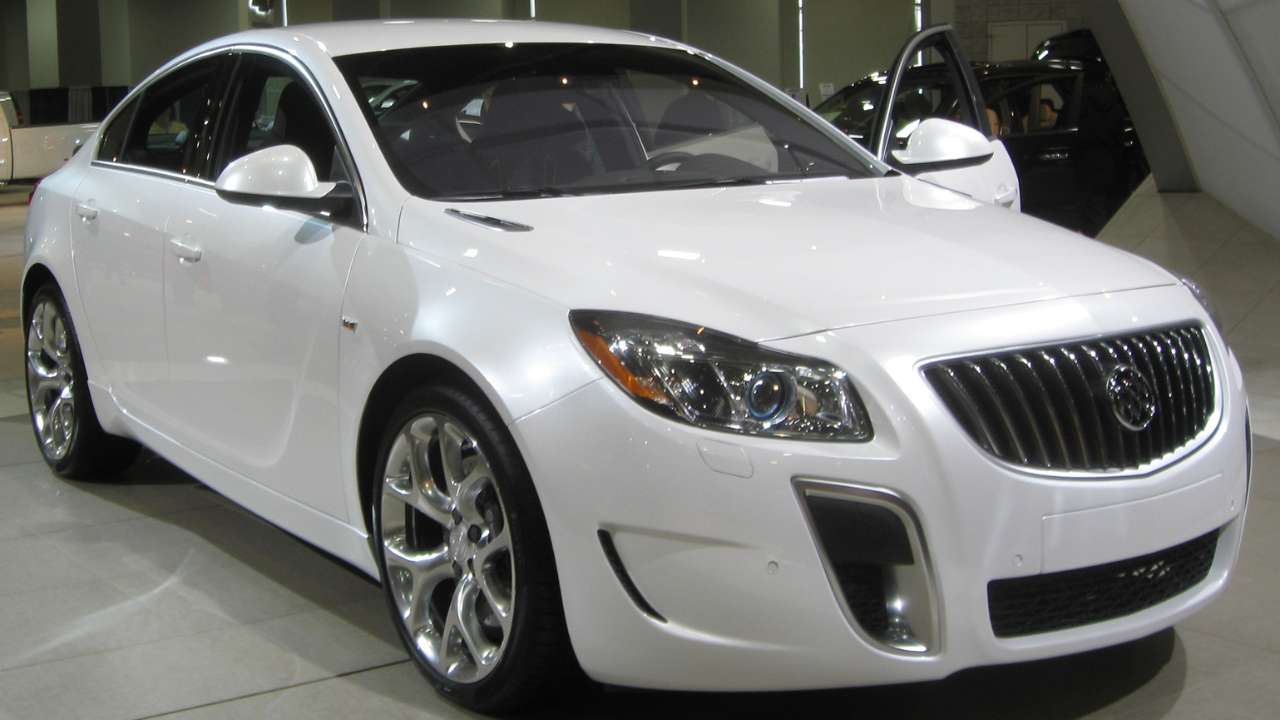

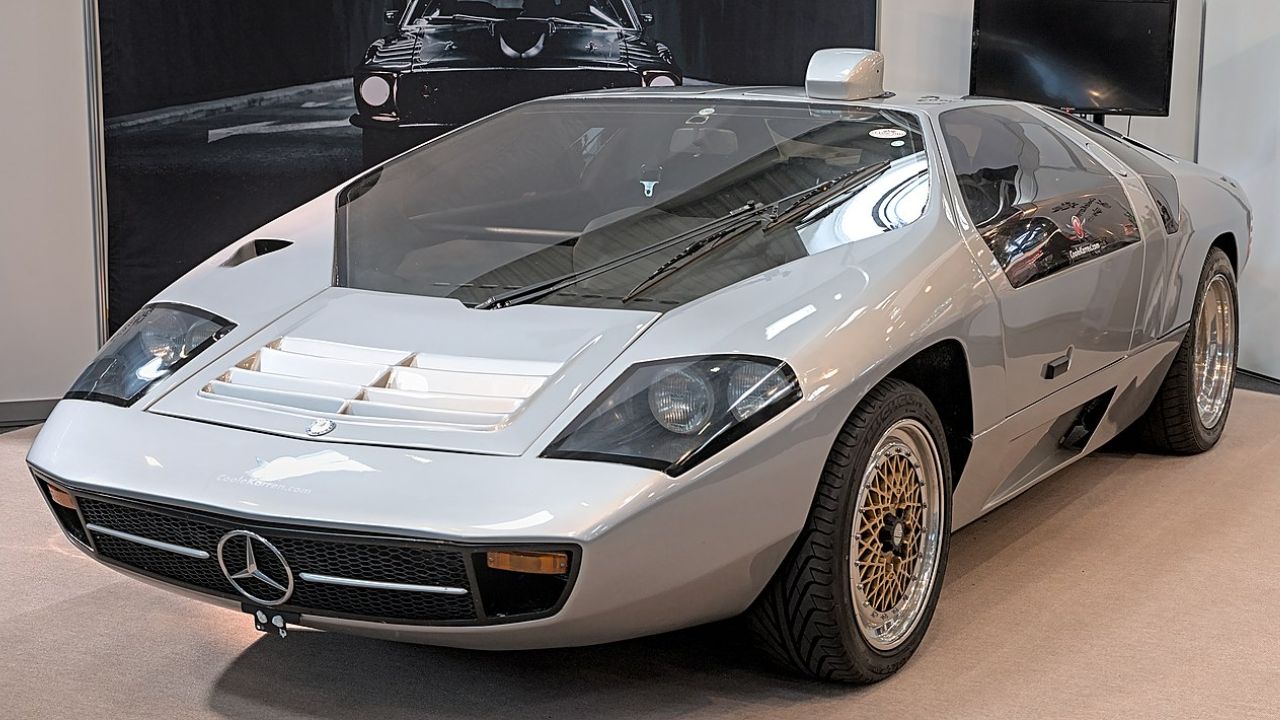

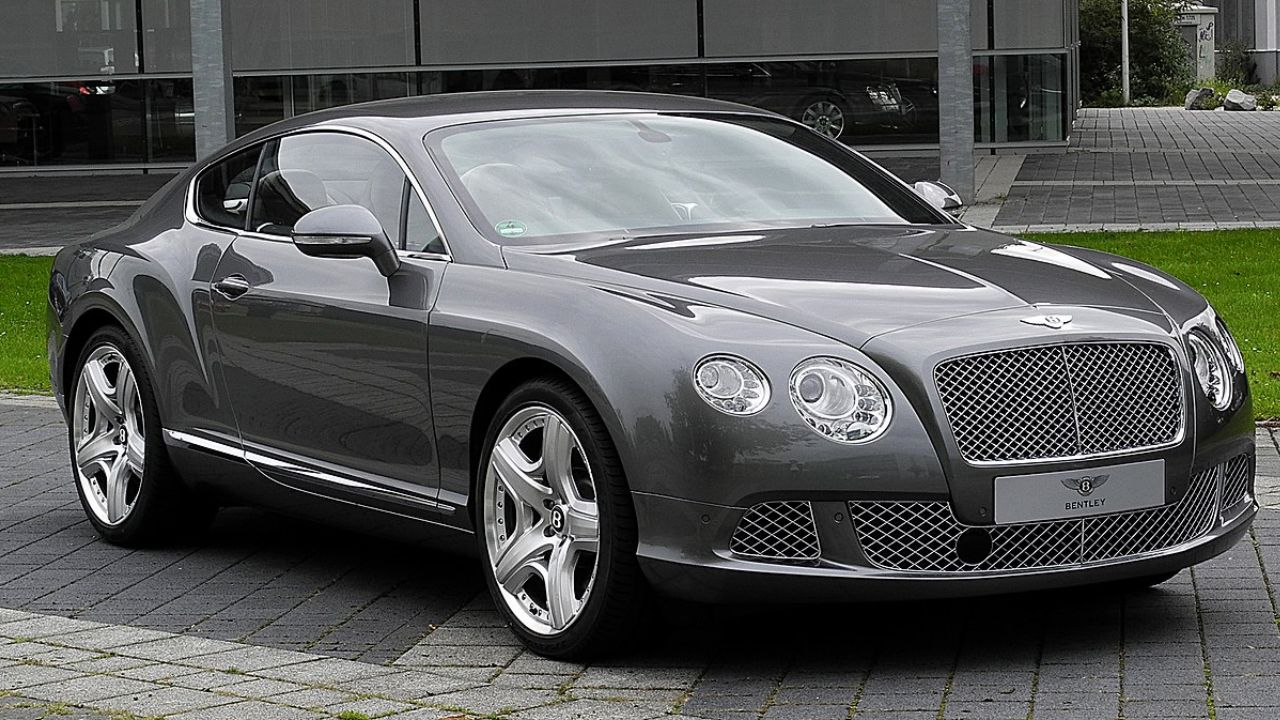
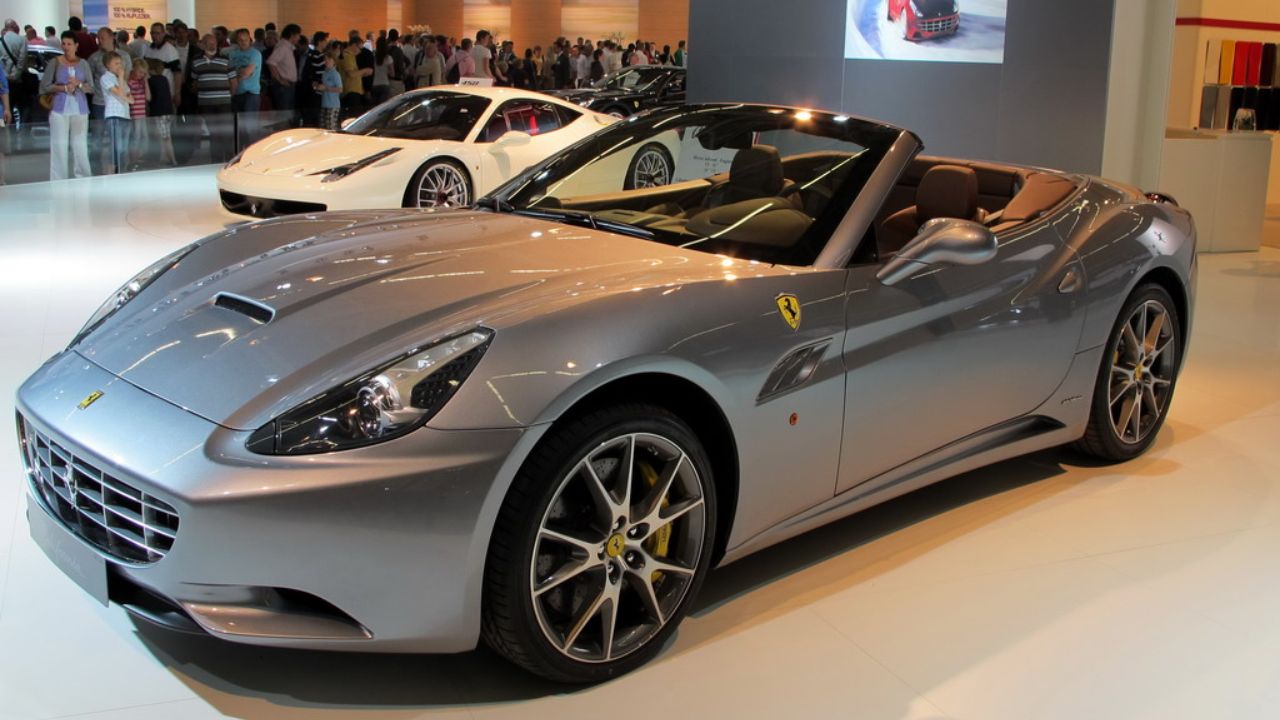
Leave a Reply